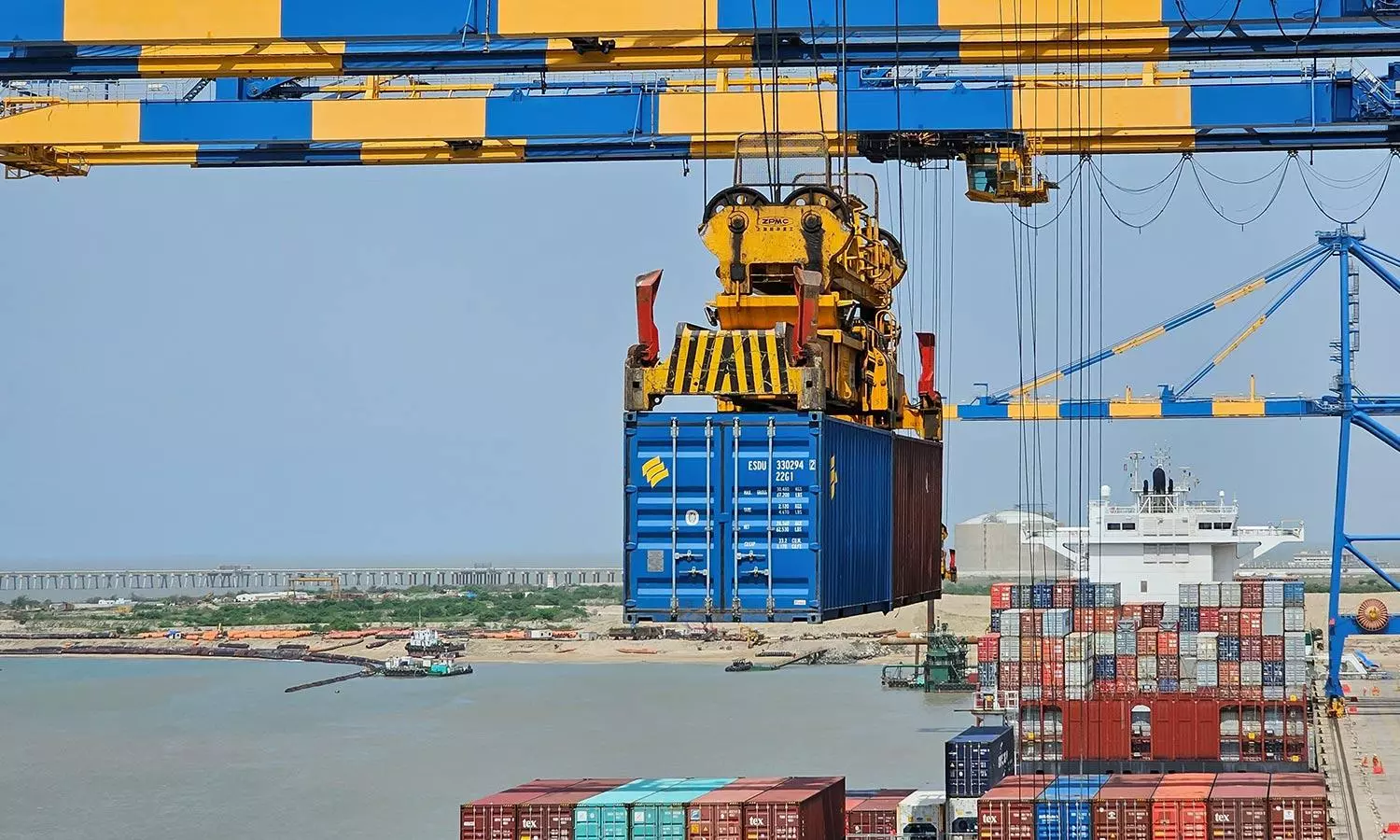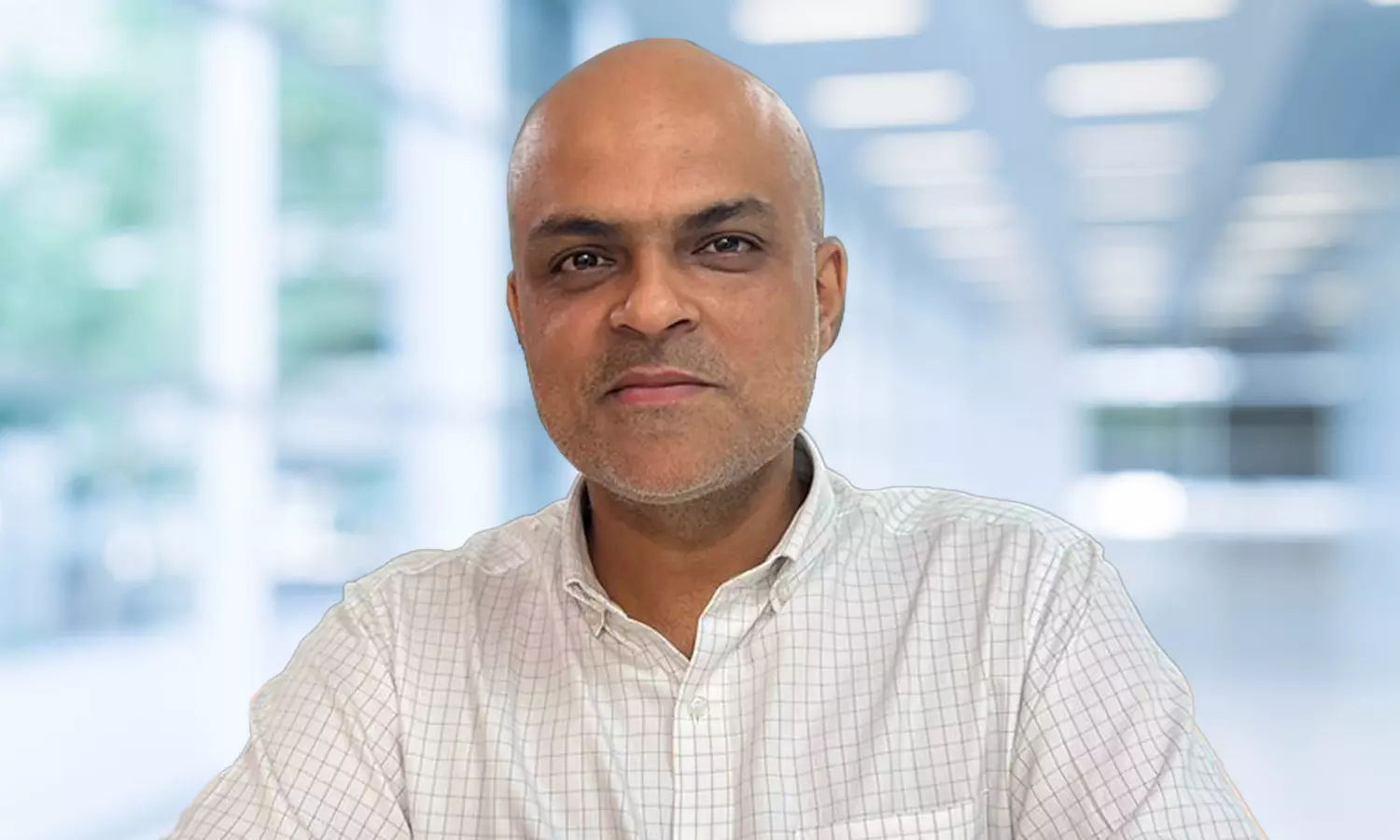Maritime makeover: India’s bold moves in global supply chains

As India is poised for transformation with major infrastructure projects and strategic agreements, the shipping industry faces a crossroads between ambitious growth and daunting challenges. Recent developments promise to reshape its role on the global stage, yet hidden obstacles could impact this transformation. What does the future hold for India’s maritime ambitions?
On September 10, 2024, Abu Dhabi Crown Prince Sheikh Khaled Bin Mohamed Bin Zayed Al Nahyan, during his visit to India, signed an agreement that soft-launched the work on the India-UAE Virtual Trade Corridor (VTC) and Master Application for International Trade and Regulatory Interface (MAITRI).
While VTC aims to reduce administrative processes and time, reduce logistics and transport costs, and enhance ease of doing business, MAITRI integrates multiple Indian operational portals to facilitate interfacing with UAE portals.
The significance of these key developments is that both are under the framework agreement between India and the UAE on the India-Middle East-Europe Economic Corridor (IMEC), which was signed along with the United States, Saudi Arabia, the European Union, Italy, France and Germany on the sidelines of the G20 Summit in New Delhi exactly a year before in September 2023.
The IMEC comprises an eastern corridor connecting India to the Gulf region and a northern corridor connecting the Gulf region to Europe. It will include a railway and ship-rail transit network and road transport routes.
Prime Minister Narendra Modi later emphasised that the IMEC will serve as a foundation for global trade for centuries to come, and history will recognize that its vision originated in India.
“Hundreds of years ago, the Silk Route gave impetus to global trade. This route had become the basis for the development of many countries of the world. Now this historical corridor will also transform the picture of regional and global trade. Construction of next-generation mega ports and international container transhipment port, island development, inland waterways, expansion of multi-modal hubs, many such major projects are to be undertaken under this scheme,” the prime minister said during his address at the Global Maritime India Summit 2023 in October 2023.
While the prime minister is emphatic about the significance of IMEC, he also stressed the importance of having robust port infrastructure in the country to support that.
More recently, on August 30, 2024, the prime minister laid the foundation stone of Vadhavan Port near Dahanu in Palghar District, Maharashtra. The all-weather Greenfield deep draft major port will be constructed by the Vadhavan Port Project (VPPL), an SPV formed by Jawaharlal Nehru Port Authority (JNPA) and Maharashtra Maritime Board (MMB) with a shareholding of 74 and 26 percent respectively. The total project cost, including the land acquisition component, is ₹76,220 crore. This will include the development of core infrastructure, terminals and other commercial infrastructure in public-private partnerships (PPP) mode.
“It will be the largest container port in the country. It will also be one of the most significant ports in the world in terms of depth. Thousands of ships will dock here, and containers will be handled, transforming the economic landscape of the entire region. The government will also connect the Vadhavan Port with rail and highway connectivity. Many new businesses will start here due to this port. Warehousing activities will accelerate, and its location is a golden opportunity, with the Western Dedicated Freight Corridor and the Delhi-Mumbai Expressway being very close. Cargo will pass throughout the year from here,” the prime minister said.
While, as a country, India is building its infrastructure, the prime minister also stressed the need to strengthen its position in the global supply chain. While virtually inaugurating the Tuticorin International Container Terminal at V.O. Chidambaranar Port on September 16, 2024, he said, “We are working collectively to build a well-connected Bharat. Today, connectivity has increased with the expansion of roadways, highways, waterways, and airways across the country. As a result, Bharat has significantly strengthened its position in global trade. Bharat is becoming a major stakeholder in the global supply chain.”

“If India builds larger ports with deeper drafts that can accommodate vessels with capacities of up to 24,000 TEUs. This will benefit us by potentially reducing freight rates, as larger vessels contribute to more stable and cost-effective shipping.”
Naveen Prakash, Global Logistics Solutions
While building bigger ports, increasing handling capacity and attracting bigger vessels can boost India’s significance in the global value chains, the country has a long way to go.
For instance, Naveen Prakash, Director, Global Logistics Solutions, points out that India is not a deciding factor in global ocean freight.
“India is still dependent on the global freight market, not due to its own volume. We constantly have to look to both the east and west to predict freight rates for the coming months or quarters. Freight rates won't decrease simply because India's volumes are increasing.”
“No shipping line in the world would base its investments solely on India. They might invest based only on Europe, the U.S., or China, but not India alone. As a result, India remains primarily a transit point for other markets,” he added.
Prakash has over 27 years of experience in the logistics industry and particularly LCL consolidation. In 2006, Prakash co-founded Global Logistics Solutions (GLS), which has since expanded to 18 locations across India with 300 employees. GLS specialises in LCL consolidation and project handling and has also ventured into operating its box division, managing 300-400 containers and handling around 600 containers monthly. The company is now focusing on growing its Non-Vessel Operating Common Carrier (NVOCC) business, air import consolidation, and project shipments to diversify its services.
He also points out the importance of building bigger ports to handle larger vessels, which will lead to more stable freight rates and increased efficiency.
“If India builds larger ports with deeper drafts, such as 19 or 20 metres, we can accommodate vessels with capacities of up to 24,000 TEUs. From an infrastructure perspective, expanding our ports to handle these larger vessels is a positive move. Larger ships allow for greater operational efficiency due to their higher fuel efficiency and ability to cover long voyages,” he said.
“If these vessels make direct calls to India, it could open up new routes, such as direct voyages to South and Latin America, which currently rely on transhipment. Whether westbound or eastbound, accommodating these vessels will benefit us by potentially reducing freight rates, as larger vessels contribute to more stable and cost-effective shipping,” he added.

“In India, the shipping industry faces a significant disadvantage as it is not recognised as a mainstream industry, but rather as an ancillary one. This lack of recognition affects how banks view shipping assets.”
Pushpank Kaushik, Jassper Shipping
The Indian shipping industry is also affected by internal issues including regulatory hurdles and wrong policies. For instance, Pushpank Kaushik, CEO of Jassper Shipping, argues that the Indian shipping industry is not recognised as a mainstream industry, causing financing difficulties.
“In India, the shipping industry faces a significant disadvantage as it is not recognised as a mainstream industry, but as an ancillary one. This lack of recognition affects how banks view shipping assets. For example, if I want to purchase a vessel costing $30 million, the bank would require me to provide collateral of equal value, plus the vessel itself as additional security. To secure $30 million in funding, I'd need to offer assets worth $60-65 million,” he said.
“Such financing conditions discourage business owners from investing in vessels. In contrast, in countries like Vietnam, even a farmer can purchase a vessel with government-backed financial support from banks. This kind of support is almost non-existent in India, making it far more challenging for individuals or businesses to invest in shipping,” he added.
Jassper Shipping operates at three major ports on the east coast of India - Kakinada, Gangavaram, and Krishnapatnam. The freight forwarding division of the company handles 800 to 850 TEUs per month. The company also provides global shipbroking services, handling around 2 million metric tonnes of cargo per year, covering commodities like minerals, metals, and agricultural resources.
In addition to its core shipping and freight forwarding business, Jassper Shipping has recently ventured into the last-mile delivery segment, catering to the growing demand from e-commerce and quick commerce companies in India.

“If you eliminate dry runs and the need for a container to return to an empty depot, the business of empty depots will decline. The essence of MatchLog is that it matches an import container already at a location where an export container is needed, either the same day or the next.”
Dhruv Taneja, MatchLog Solutions
There are also several insufficiencies and inefficiencies in the shipping industry that are now dealt with by technology and its solutions. For example, MatchLog Solutions is an Indian logistics technology company which aims to eliminate dry runs by matching import containers to export bookings. Dry run refers to the movement of empty containers back to container depots after unloading the import cargo.
Dhruv Taneja, the Founder and CEO of MatchLog Solutions, explains, “When a container is imported into India after the contents are unloaded at the factory, the empty container needs to be returned to a container depot near the port. Similarly, for an export cycle, the empty container is picked up from a container depot close to the port and transported to the factory for loading the export cargo.”
Taneja estimates that around 9 million containers are exported from India every year, and 50 percent of these are empty containers moving in these dry runs. These dry runs, where containers travel empty, lead to unnecessary carbon emissions and operational inefficiencies in the logistics chain.
Taneja points out MatchLog as a replacement for empty container depots.
“If you eliminate dry runs and the need for a container to return to an empty depot, the business of empty depots will decline. The essence of MatchLog is that it matches an import container already at a location where an export container is needed, either the same day or the next,” he explained.
“If a transporter is importing a Mercedes Benz, they transport the loaded container from Nhava Sheva to Pune and then return it empty to Nhava Sheva as part of the traditional cycle, with Mercedes Benz covering the entire trip. Now, if I inform the transporter about an export booking in Pune itself, they could increase their revenue by 80%. Instead of just earning ₹30,000 on the import trip, they could add ₹28,000 for the export trip, making a total of ₹58,000, all with nearly the same cost as a one-way trip,” he added.
Prior to founding MatchLog, Taneja operated container depots and provided custom clearance services, gaining firsthand experience in the challenges faced by the industry. This exposure led him to identify the problem of dry runs.
The company has onboarded over 6,000 transporters across key logistics clusters in India, enabling them to improve utilisation and profitability. Beyond India, MatchLog is expanding its operations globally through partnerships, with plans to enter markets like the Middle East, Southeast Asia, and Brazil.
India’s ambitious infrastructure projects, such as the Vadhavan Port, mark a significant leap in strengthening its maritime capabilities. The agreements with the UAE and the focus on solutions like MatchLog’s technology signal a forward-thinking approach to global logistics. The success of these efforts could significantly influence global trade dynamics, with IMEC poised to play a pivotal role in shaping the future of international shipping. However, challenges such as regulatory inefficiencies and financial constraints must be addressed to fully realise India’s potential in international shipping.
This article was originally published in the Indian Transport & Logistics News' Sept-Oct 2024 issue.

Libin Chacko Kurian
Assistant Editor at STAT Publishing Group, he has eight years of experience in business journalism covering food & beverage, nutraceuticals and now logistics. His current passion is to understand the nuances of global supply chains and their current turmoil. Outside work, he is also interested in philosophy, history, birding and travelling. Mail him: libin@statpublishinggroup.com Follow on LinkedIn


